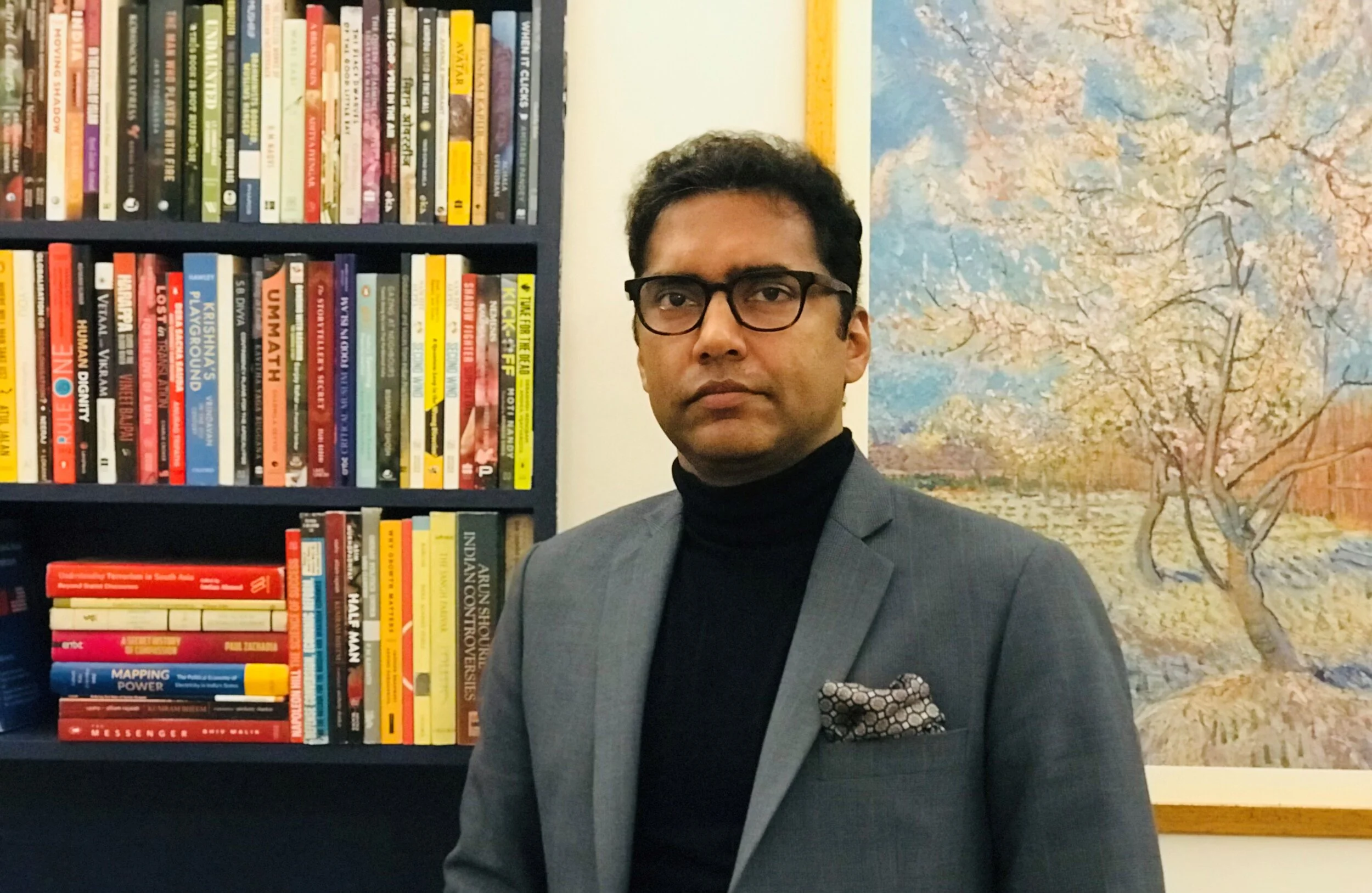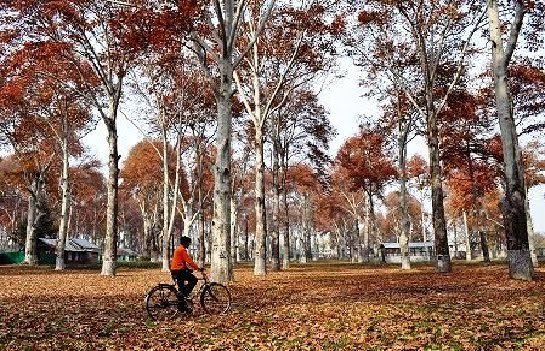Defining normalcy in Kashmir
As 2011 drew to a close, many were quick to label it a “peaceful” year for Kashmir. After all, there were fewer militant infiltrations, no large-scale street protests, and a record number of tourists visiting the valley. But behind this seemingly tranquil façade lies a much more unsettling reality — one that questions who gets to define “normal.”
Happymon Jacob, writing in Greater Kashmir, offers a scathing critique of the official narrative. He argues that what the state touts as normalcy — reduced violence and a booming tourism sector — is a superficial reading that ignores the deeper, structural issues still plaguing everyday life in Kashmir.


